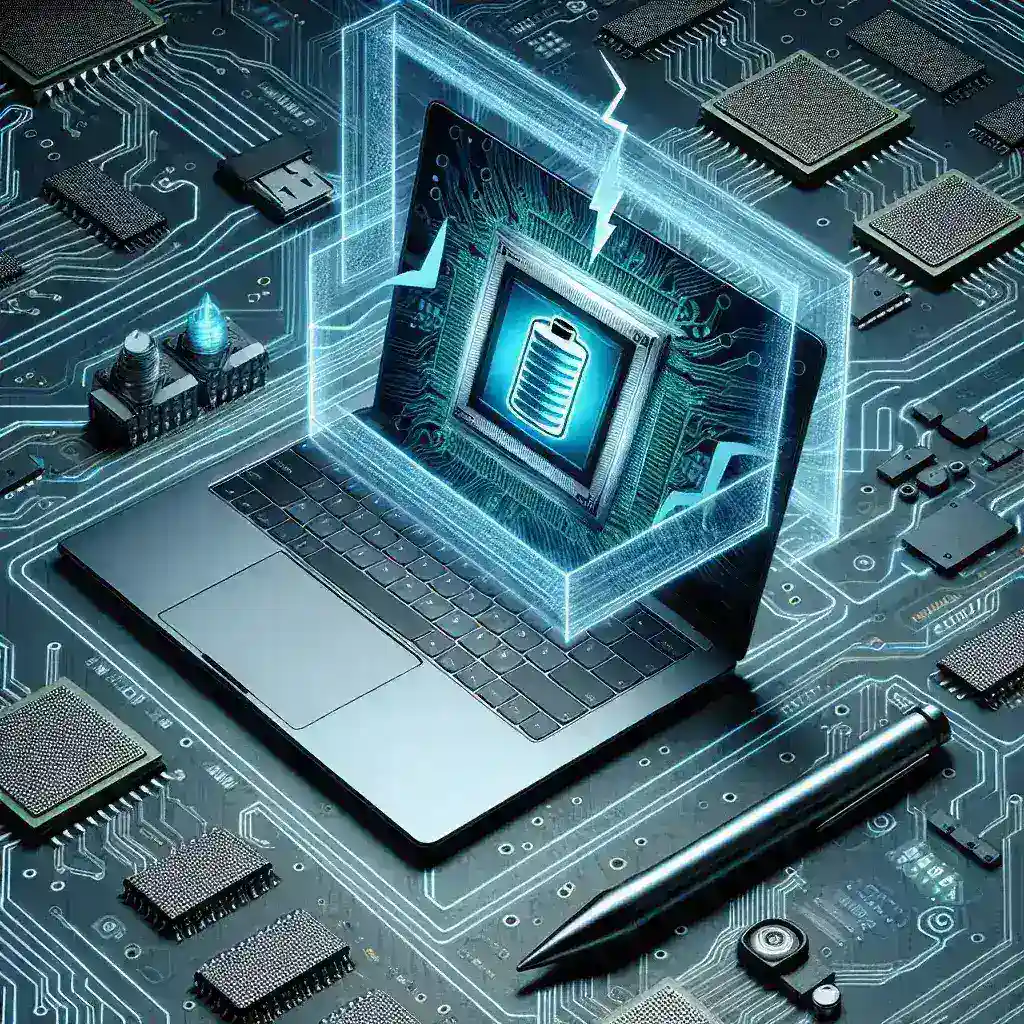
Introduction
The advancement of technology has always been intertwined with the evolution of computer hardware and architecture. One of the most significant innovations in recent years has been the introduction of unified memory in modern chips. This revolutionary approach to memory architecture has fundamentally changed laptop efficiency, allowing for better performance, enhanced battery life, and improved user experiences. In this article, we will delve into the intricacies of unified memory, its historical context, and its implications for the future of laptops.
Understanding Unified Memory
Unified memory refers to a single memory pool that can be accessed by both the CPU and GPU, eliminating the need for separate memory allocations. Traditionally, laptops relied on separate RAM for the CPU and the GPU, which resulted in inefficiencies in data transfer and processing speed. With unified memory, data can be shared seamlessly between the CPU and GPU, enhancing overall system performance.
Historical Context
To appreciate the impact of unified memory, it’s important to understand its historical context. Traditional architectures required distinct memory for processing units, leading to latency issues and increased power consumption. These limitations hindered performance, especially in multimedia tasks such as gaming and video editing, where both CPU and GPU resources were needed simultaneously.
In 2016, Apple introduced the concept of unified memory in its MacBook Pro line, utilizing their custom-designed chips. This marked a significant shift in laptop architecture, paving the way for competitors to explore similar pathways. Companies like AMD and Intel followed suit by implementing unified memory architectures, leading to a new standard in laptop efficiency.
Advantages of Unified Memory
The transition from traditional memory architectures to unified memory has brought several advantages that have positively impacted laptop efficiency:
- Improved Performance: With unified memory, data transfers between the CPU and GPU are faster, leading to smoother multitasking and improved performance in graphics-intensive applications.
- Enhanced Battery Life: Unified memory reduces the need for constant data movement between separate memory pools, thus conserving energy and extending battery life.
- Simplified Development: Developers can optimize applications for a single memory model, reducing complexity and enabling them to focus on performance enhancements rather than memory management.
- Seamless User Experience: Users experience less lag and faster load times, enhancing overall satisfaction and productivity.
Real-World Examples
Modern laptops equipped with unified memory have showcased impressive advancements in various fields:
Gaming
Games that require significant graphical processing power benefit immensely from unified memory. For instance, laptops with unified memory can load textures and assets faster, reducing lag and creating a more immersive gaming experience.
Video Editing
Video editing applications also see substantial improvements. With a unified memory architecture, editors can work with high-resolution footage smoothly, applying filters and effects in real-time without the usual bottlenecks associated with traditional memory setups.
The Future of Laptop Efficiency
The trajectory of unified memory technology suggests that its prevalence will only continue to grow. As processors become more powerful and demanding, the need for efficient memory management will become increasingly critical. Future predictions include:
- Increased Adoption: More manufacturers will adopt unified memory architectures in their devices, making them a standard feature across various laptop models.
- Enhanced AI Integration: As artificial intelligence becomes more integrated into everyday applications, unified memory will enable faster processing and improved performance in AI-driven tasks.
- Potential for Quantum Computing: Although still in its infancy, the research surrounding quantum computing could benefit from unified memory principles, potentially leading to even greater efficiency advancements.
Challenges Ahead
While the benefits of unified memory are clear, there are challenges that need to be addressed:
- Compatibility Issues: Software developed for traditional memory architectures may require updates to fully leverage unified memory capabilities.
- Cost Implications: Implementing unified memory in lower-end laptops may increase costs, potentially limiting accessibility for budget-conscious consumers.
Conclusion
Unified memory in modern chips marks a significant evolution in laptop architecture, driving improvements in efficiency, performance, and user experience. As technology continues to advance, the impact of unified memory will likely expand, paving the way for even more revolutionary innovations in computing. Understanding these changes is essential for consumers and developers alike, as we move toward a future where laptops become even more powerful and efficient.
